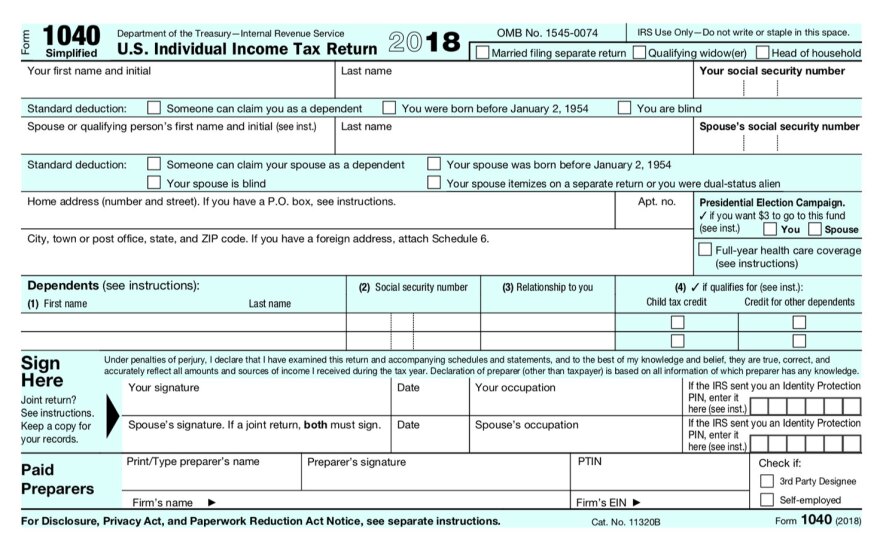
<BR>
The IRS is accepting comments on the proposed form and schedules for the next couple of weeks at

The front of the postcard

The back of the postcard

Schedule 1: Additional Income and Adjustments to Income
The adjustments to income include educator expenses; certain expenses for service members; the deductible part of self-employment tax; and more.

Schedule 2: Tax

Schedule 3: Nonrefundable Credits

Schedule 4: Other Taxes

Schedule 5: Other Payments and Refundable Credits






